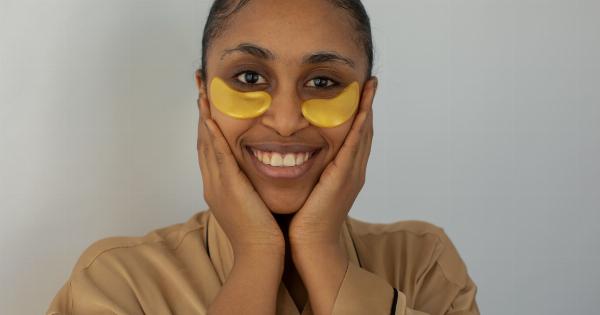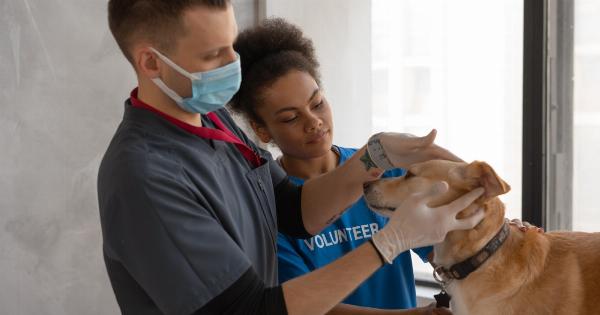Two common crop issues that producers face are barley in eye and hail damage. It is vital to identify the problem correctly to address it appropriately.
Visual Differences
Barley in eye is the result of a fungal infection while hail damage is physical harm to the plant.
The following visual differences can be observed:.
- Location – Barley in eye usually appears in the center of the head while hail damage can be anywhere on the plant.
- Shape and Texture – Barley in eye appears as small, oval, and light-colored areas with dark brown borders while hail damage creates round areas of missing or broken plant material.
- Scope of Damage – Barley in eye can affect the entire field while hail damage is generally only in specific areas.
- Appearance over Time – Barley in eye often spreads until the whole head is covered while hail damage does not affect the entire plant.
Touch Test
The following touch test can differentiate between barley in eye and hail damage:.
- Take a handful of the affected crop
- Pound on your palm for a few minutes
-
Inspect the residue
- Barley in eye will create a gritty dust with no large pieces.
- Hail damage will produce a mixture of grain, chaff, and possibly green parts of the plant.
Water Soak Test
The water soak test can differentiate between barley in eye and other fungal infections:.
- Remove a suspected affected head
- Using a container, place the head of the suspect plant into water for at least 30 minutes
-
Observe the water
- Barley in the eye will sink to the bottom and release a thick, light-colored ooze.
- Fungal infections will float on top of the water and release a fine web of mycelium or spores.
Smell Test
The smell test is used to differentiate between barley in eye and dry out damaged parts of the plant:.
- Select a head or plant material to test
- Smell the material
-
Observe the result
- Barley in the eye has no odor or a light, sweet smell.
- Damaged crop materials will have an earthy or moldy smell.
Chemical Test
The chemical test is used to differentiate between barley in eye and other fungal infections:.
- Gently clean the surface of the suspected infected head
- Apply a small amount of house bleach to the cleaned surface
-
Observe the result
- Barley in the eye will turn a blue-green color within minutes of contact with bleach.
- Fungal infections will not change color after bleaching.
Hail Prevention
While you can’t stop hail events, there are ways to minimize hail damage to crops. Here are some tips:.
- Cover Crops – Plant hardy crops around those that get damaged by hail. Plants like sorghum or sunflower have stronger stalks that are more able to withstand hail damage.
- Natural Windbreaks and Structural Support – For small-scale farming, erect structures that will act as windbreaks that can reduce the amount of damage caused by hail. Ornamental crops can be protected by placing bamboo or sticks around them to provide support.
- Insurance – Invest in insurance to protect your crops against natural disasters like hail damage. The right crop insurance policy can help you recoup some of your losses from hail damage.
Barley in Eye Management
Management strategies for barley in eye include:.






























